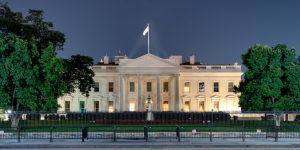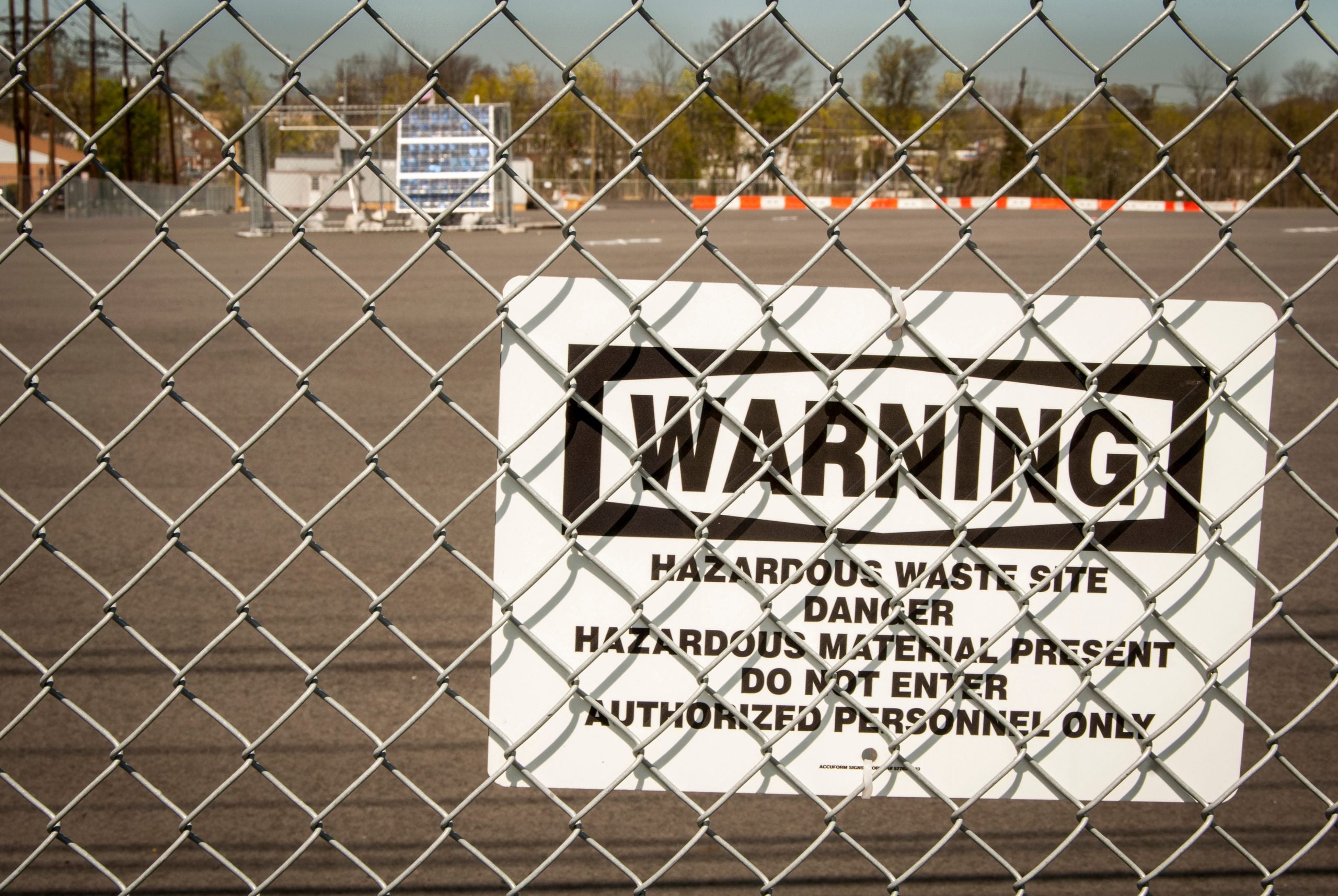
Former chemical industry official Beck, now at Trump White House, again interferes to weaken EPA action on dangerous chemicals: This time it’s PFAS
Richard Denison, Ph.D., is a Lead Senior Scientist.
It was only in February that Reveal News’ Elizabeth Shogren exposed the Trump White House’s role in dramatically weakening the Environmental Protection Agency’s (EPA) draft risk evaluation for the solvent trichloroethylene (TCE), which is linked to fetal heart defects at low doses. The White House’s 11th-hour intervention, led by former chemical industry official Dr. Nancy Beck, forced EPA to rely on a different health effect that would allow 500 times greater exposures to the ubiquitous toxic chemical.
There was every reason to expect this episode was not a one-off, given Beck’s other actions both while at EPA and once arriving at the White House. Sure enough, last week Ellen Knickmeyer of the Associated Press exposed another such incident, this time involving a group of chemicals collectively known as “perfluoroalkyl and polyfluoroalkyl substances” or PFAS that are showing up as environmental contaminants all over the country.[pullquote]Beck’s first order of business was to compel her former colleagues at EPA to submit the proposed PFAS rule for White House review, which neither the Obama administration nor the Trump administration up to that point had deemed necessary.[/pullquote]
Knickmeyer reported on documents obtained by Senator Tom Carper of Delaware, ranking member of the Senate’s Environment and Public Works Committee, that detail Beck’s largely successful effort to scale back a rule EPA first proposed in 2015. Called a Significant New Use Rule, or SNUR, it would require companies seeking to import products containing certain PFAS to notify EPA in advance, thereby allowing EPA to determine whether to allow the import and impose needed restrictions. Sen. Carper made the documents public via a letter he sent to EPA Administrator Andrew Wheeler calling on EPA to finalize the original rule instead of the watered-down re-proposed rule EPA released for public comment in February.
The original 2015 proposed rule had languished at EPA under the Trump administration until it was dusted off as something the agency could say it was doing in response to mounting pressure from states and Congress to address the growing crisis of PFAS contamination. As the proposed rule advanced, so did Beck’s efforts to limit its effectiveness.
As documented in Sen. Carper’s letter, Beck’s efforts began while she was still at EPA essentially running its toxics office after arriving there in April 2017. Beck had come to EPA directly from the chemical industry’s main trade association the American Chemistry Council (ACC), where she helped lead the group’s efforts to weaken EPA’s chemical assessments and regulations.
After leaving EPA for the Trump White House in June of last year, one of her first orders of business was to compel EPA to submit the proposed PFAS rule for White House review; up until then, under both the Obama and Trump administrations, the rule had been deemed by the White House not to need such review.
This cleared the way for Beck to continue her efforts to weaken the rule. Next up was narrowing the scope of the proposed rule so it covered fewer imported products; the new proposed rule would apply only to imported articles where the designated PFAS are “part of the surface coating” of a product – a term the proposed rule fails to define – whereas the original proposal would have applied to all articles.
Two more demands pushed by Beck were, to their credit, resisted by EPA staff. The result of the wrestling match is that EPA agreed to take public comment on them instead of formally proposing them. Whether the outcome is any different remains to be seen. We will know shortly: The rule has to be finalized by June 22 of this year, a deadline set in the FY20 National Defense Authorization Act passed last December. Keep in mind that between now and that deadline, a draft of the rule has to go back to the White House for another review before it can be finalized.
“Safe Harbor”
The first of these two demands was to allow companies a huge window of time during which they could know precisely for which imported products EPA intended to require notification and be able to commence that importing any time up until EPA made the final rule effective. If that happened, EPA would be forced to remove it from being covered by the final rule, because the import would be already ongoing rather than new and a SNUR can only be used to address new activities.
EPA’s proposal refers to this provision as a “safe harbor” and it would essentially give companies wide latitude to defeat the very purpose of the rule. Not surprisingly – given the massive loophole it would create – doing what Beck wants to do is unprecedented: In hundreds of other such rules going back decades and as recently as this year, EPA has designated the date of first proposal of the rule as the demarcation between new uses requiring advance notification to EPA and ongoing uses not requiring it.
Threshold level
Beck’s second demand was to set up front a threshold level of some type (unspecified in the proposed rule) for PFAS in any imported article; if companies could get below that level, they could again avoid advance notification to EPA. But setting such a level even for one product requires considerable information on the precise nature of the product, the specific chemicals, how the chemicals are added to the product, and how the product is handled during all stages of its lifecycle, including potential recycling and disposal as well as production and use. EPA does not have that information currently, and the very purpose of the proposed rule is for EPA to be able to get that information through the advance notification process the rule would put in place.
One of the reasons PFAS chemicals are such a problem is that they are highly persistent in the environment, and at least some of them bioaccumulate in living organisms, including us humans. These properties also make their behavior in specific uses notoriously difficult to predict and draw generic conclusions about. That renders the idea that one could set a threshold up front that would be sufficiently protective for all such chemicals in all possible products even more irrational.
Last Friday, EDF filed comments on EPA’s proposal and these “issues for public comment,” identifying these and a number of other concerns with the proposal. See our comments for details, and stay tuned. This battle ain’t over yet.
One final note: Beck has recently been nominated by President Trump to become Chair of the Consumer Product Safety Commission (CPSC). If confirmed, she would serve through October 2025.











